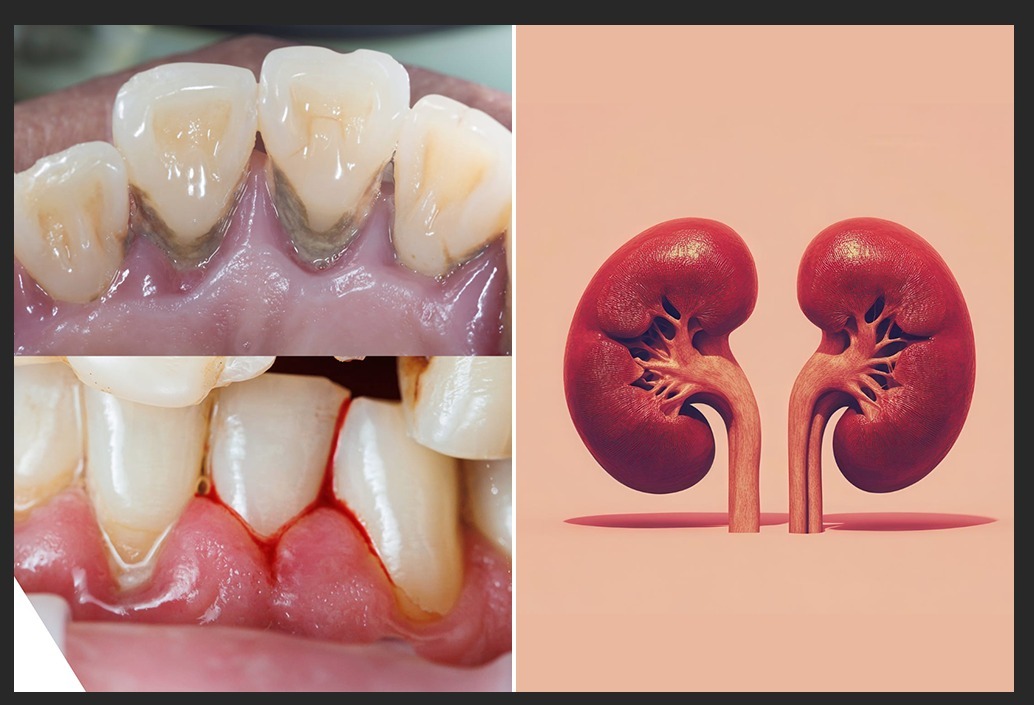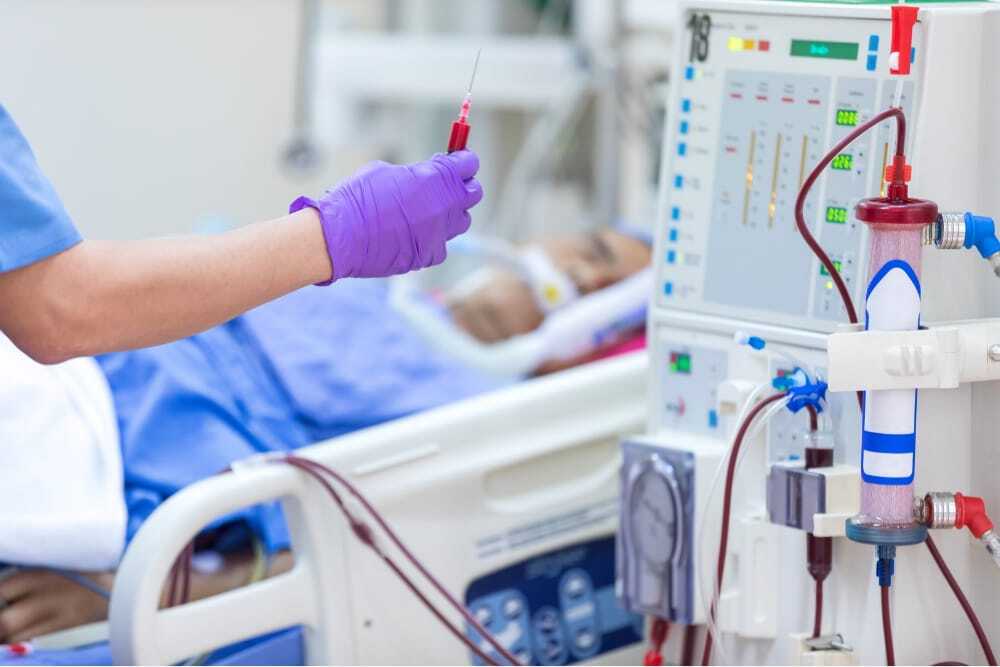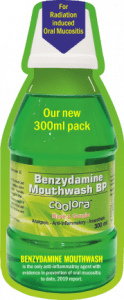Menu

For many years, experts believed that periodontal disease and end-stage renal disease (ESRD) were unrelated—one seen as a local infection of the gums, the other as a loss of kidney function to below 10% of normal levels. However, new evidence reveals that the connection between oral health and kidney health is far more complex. Studies now show a strong association between chronic kidney disease and periodontal disease, with each potentially impacting the other.

Hemodialysis, a lifesaving therapy that filters toxins and excess substances from the blood, is common for ESRD patients. Strikingly, nearly all people on hemodialysis—up to 99.1%—show some form of gum disease. Multiple studies also report that more than half of dialysis patients experience significant periodontal issues.
This blog explores what the latest research reveals and why dental care is a key piece of overall well-being for these patients.Maintaining oral health can be a real challenge for people undergoing hemodialysis. A recent study by Ramachandran et al. (2025) sheds light on how non-surgical periodontal treatment—like professional dental cleaning and better hygiene habits—makes a measurable difference for these patients.
| Time Point | OHI-S (mean ± SD) | CAL (mean ± SD) | PPD (mean ± SD) |
|---|---|---|---|
| Before Hemodialysis | 3.42 ± 1.19 | 7.16 ± 1.08 | 6.60 ± 1.28 |
| After 1 Month | 2.82 ± 1.08 | 6.66 ± 1.15 | 6.23 ± 1.41 |
| After 3 Months | 2.19 ± 1.01 | 6.06 ± 1.28 | 5.80 ± 1.56 |
This study highlights the real impact that regular dental care and good oral hygiene have on people undergoing hemodialysis. Periodontal therapy doesn’t just help maintain oral hygiene and a healthy smile—it also plays a role in improving overall health and quality of life for people affected by chronic kidney disease.
Ramachandran S, Vyloppillil R, Nair R, et al. (2025) Evaluating the Oral Hygiene and Periodontal Status of Patients Undergoing Hemodialysis. Cureus 17(3): e80086.


| PRODUCTS | QTY | PRICE | VALUE in INR |
|---|
| PRODUCTS | QTY | PRICE | VALUE in INR |
|---|